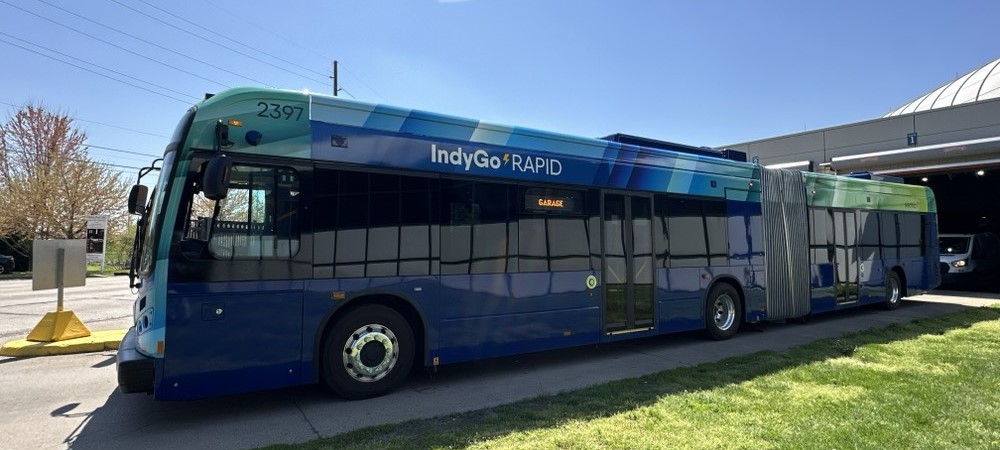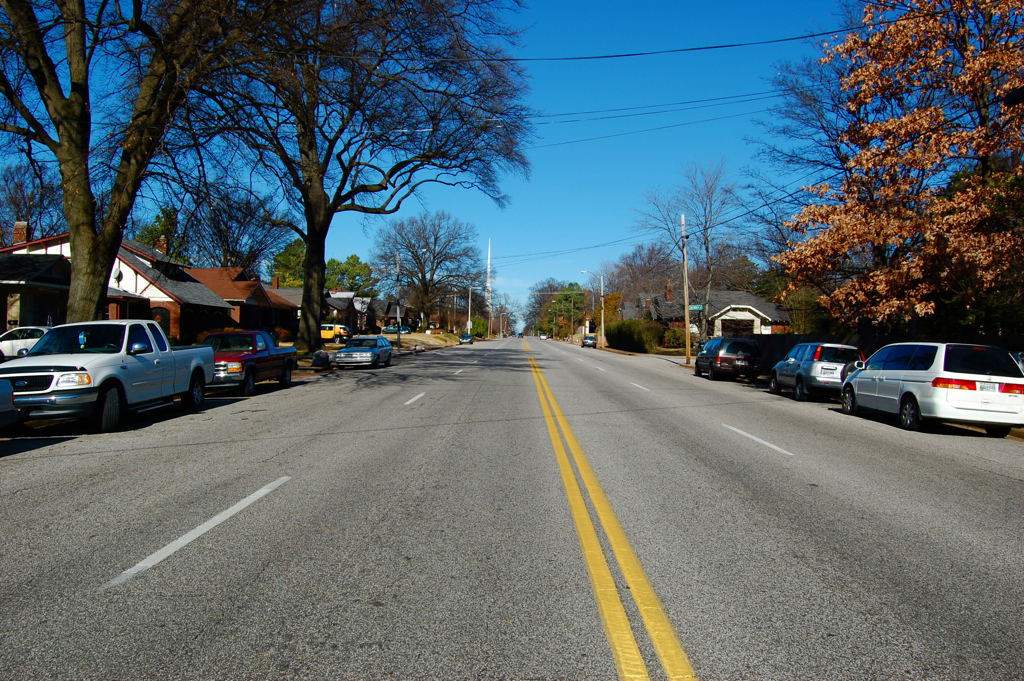 DOT Secretary Ray LaHood testifying in the Senate yesterday.
DOT Secretary Ray LaHood testifying in the Senate yesterday.Yesterday, the Senate Committee on Commerce, Science and Transportation held a hearing about the future of national surface transportation. This much isn't in doubt: Current policies need a major overhaul. What to change and, especially, how to pay for it are very much in question.
Several panelists spoke about the need to reform the nation's transportation priorities and set firm goals, like reducing car dependence and traffic deaths. Shifting away from policies that emphasize highway capacity and reward gas consumption didn't sit that well with senators from states like South Dakota and Texas, but there was a broad sense that the next surface transportation bill must reverse years of underinvestment in the nation's infrastructure. Nevertheless, Secretary of Transportation Ray LaHood reiterated the Obama administration's opposition to a
promising funding solution -- raising the gas tax -- and obeyed the directive from up top to never again mention a tax on vehicle miles (VMT).
At around the same time, a very different story was unfolding in the House, where James Oberstar (D-MN), chairman of the Transportation and Infrastructure Committee, pushed for his preferred funding solution, a VMT tax. Asserting that the technology to implement this solution is already available, he asked his committee to rapidly advance the timetable: "Why do we need a pilot program? Why don't we just phase it in?" Since Oberstar has taken a leading role in shaping the next transportation bill, this may mean that a VMT tax will be included in the first draft.
Back at the Senate hearing, several panelists called attention to the impending insolvency of the Highway Trust Fund, which uses money raised by the gas tax to pay for transit and roads projects. Steve Heminger, director of the San Francisco Bay Area Metropolitan Transportation Commission, estimated that the U.S. needs to invest at least $225 billion annually in its transportation infrastructure. We're only spending about 40 percent of that today, and the downward trend in driving means the fund is drying up. Few options will suffice to raise the needed revenue, he said, other than increasing the gas tax or imposing a VMT fee.
LaHood skirted the funding issue and focused on rethinking existing
transportation priorities. "Our initial focus will be on expanding the
transportation choices available to American families," he said. LaHood
repeatedly described his intention to help communities become more transit-friendly, walkable
and bikeable. He cited the administration's desire to get Americans out of their cars, but never made the link that higher gas prices create powerful incentives to reduce car dependence. His prepared testimony instead asked for "innovative" ideas from Congress to address
the transportation funding dilemma, leaving aside any specifics.





